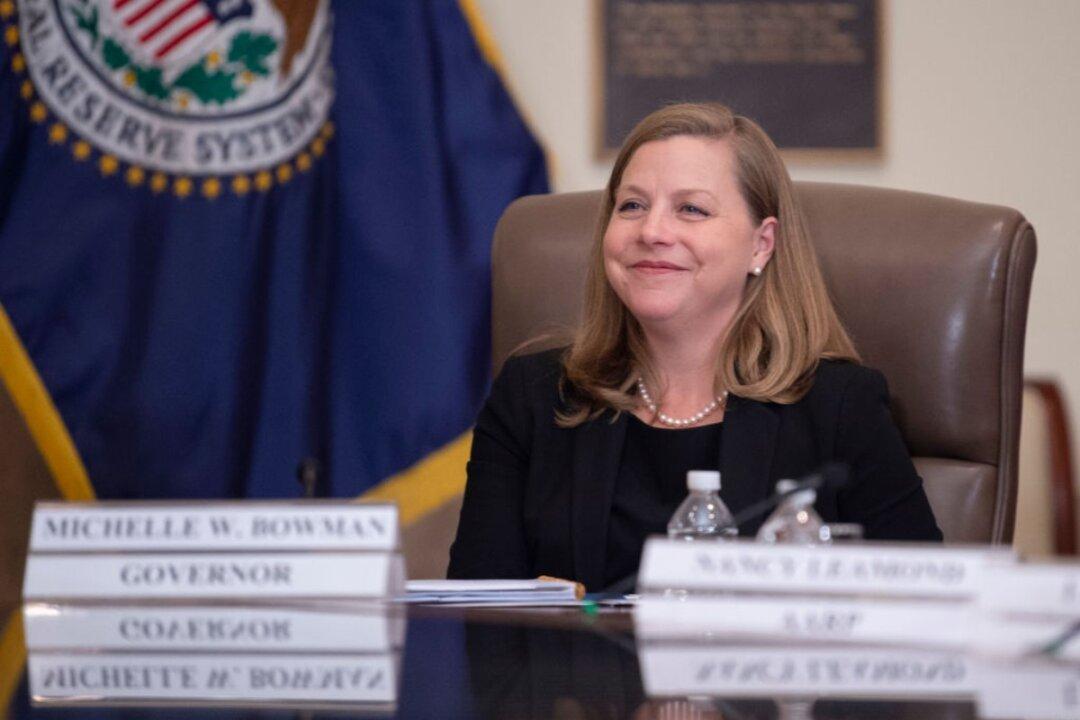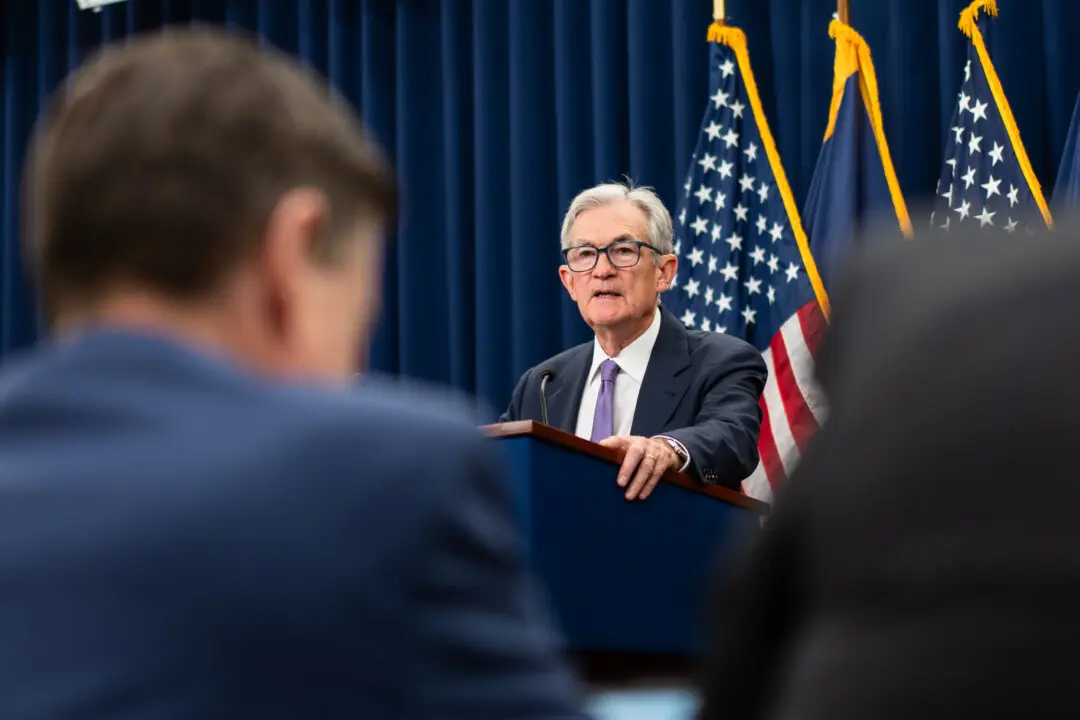Central bank digital currencies (CBDC) might pose “significant risks, challenges, and tradeoffs,” Federal Reserve Board member Michelle Bowman warned in a recent speech.
It has been about a year since President Joe Biden signed an executive order that directed the federal government to examine the technological infrastructure and capacity for establishing a CBDC.





